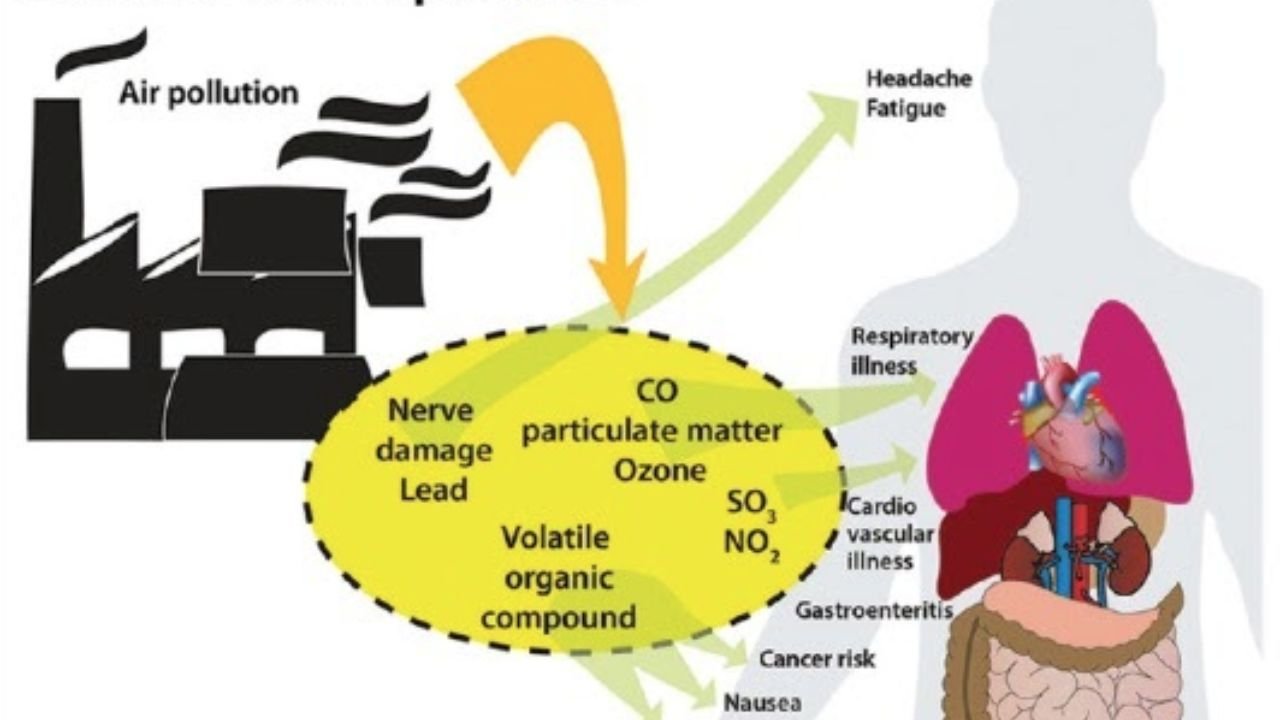Is the air you’re breathing making you sick?
That innocent-looking dark spot in your bathroom corner could be doing way more damage than you think. Mold isn’t just an ugly eyesore — it’s a silent health destroyer that’s lurking in millions of homes right now.
Here’s the scary truth: 70% of homes have some kind of mold growing somewhere inside them. Most homeowners don’t even know it’s there until serious health problems start showing up.
Want to know what’s even worse? The health effects can range from annoying allergies to life-threatening respiratory conditions.
What you’ll discover:
- How Mold Destroys Your Indoor Air Quality
- The Hidden Health Dangers You Need to Know About
- Why Professional Removal Is Your Best Defense
- Simple Steps to Protect Your Family Today
How Mold Destroys Your Indoor Air Quality
Mold is basically nature’s recycling system. Outside, it breaks down dead leaves and organic matter. But when it gets inside your home, it becomes a serious problem.
Every single day, you’re breathing in microscopic mold spores floating around like invisible toxic particles. When these spores find moisture, they explode into colonies that pump out allergens, irritants, and toxic compounds called mycotoxins.
Here’s what happens next: Your air quality goes from clean to contaminated in days. Most people don’t realize their air is compromised until they start feeling sick.
Think about it — you spend about 90% of your time indoors. If your indoor air is contaminated with mold spores, you’re essentially living in a toxic environment without even knowing it.
The Hidden Health Dangers You Need to Know About
Ready for some shocking statistics?
93% of chronic sinus infections have been attributed to mold exposure. That persistent stuffy nose you can’t shake? It might not be allergies — it could be mold poisoning.
But sinus problems are just the beginning. Mold exposure triggers health issues that most people never connect to their indoor air quality.
Common symptoms include persistent coughing, burning eyes, skin rashes, chronic headaches, fatigue, difficulty concentrating, and worsening asthma.
10% of the population is allergic to molds, but even people without allergies can experience serious health effects. For those with compromised immune systems, the elderly, and young children, mold exposure can lead to dangerous lung infections requiring hospitalization.
But here’s the kicker: Many doctors don’t immediately connect these symptoms to mold exposure. Patients spend months getting treated for everything else while the real culprit continues growing on their walls.
The World Health Organization issued specific guidelines about this problem because the health impacts are so widespread and serious. When a global health organization takes notice, you know it’s not just a minor issue.
Why Professional Removal Is Your Best Defense
Think you can handle a mold problem with some bleach and elbow grease?
Here’s the problem: DIY mold removal often makes things worse. When you disturb mold colonies, you release millions of spores into your air. Without proper containment and equipment, you’re essentially spreading the contamination throughout your entire home.
Professional mold removal specialists use proper containment, industrial-grade air filtration, and safely remove contaminated materials. They handle mold issues throughout Allentown with expertise that ensures complete remediation.
Professional removal includes containment systems, industrial air scrubbers, safe material removal, antimicrobial treatments, and post-remediation testing.
The average cost of professional mold remediation ranges from $500 to $6,000, depending on the extent of the problem. But compare that to the long-term health costs of breathing contaminated air for months or years.
Want to know the best part about professional removal? It actually saves you money in the long run. Proper remediation prevents the mold from coming back, protects your property value, and most importantly, protects your family’s health.
The Connection Between Mold and Serious Respiratory Conditions
Research shows a disturbing connection between mold exposure and respiratory diseases.
21% of asthma cases in the United States could be linked to dampness and mold exposure. That means over 4.6 million Americans are dealing with asthma symptoms that could have been prevented with better indoor air quality.
For people who already have asthma, mold exposure makes their condition significantly worse. The spores act as triggers that cause inflammation and constriction of the airways. Even trace amounts of mold can trigger severe attacks in sensitized individuals.
But it gets worse for children: Studies show that infants exposed to mold in their first year of life have nearly three times greater risk of developing asthma later in childhood. Early exposure programs their immune system to overreact to these environmental triggers.
The Institute of Medicine conducted a landmark study that found sufficient evidence linking indoor mold exposure to upper respiratory tract symptoms, persistent cough, and wheezing in otherwise healthy people. This isn’t just affecting people with pre-existing conditions — it’s making healthy people sick.
Simple Steps to Protect Your Family Today
You don’t have to wait until you see visible mold growth to start protecting your indoor air quality.
The key is controlling moisture. Mold needs three things to grow: moisture, food (organic materials), and the right temperature. Take away the moisture, and you eliminate the problem.
Keep indoor humidity below 50% using dehumidifiers or air conditioning. Fix water leaks immediately — even small drips create perfect breeding conditions for mold.
High-risk areas include bathrooms, kitchens, basements, areas around windows, and laundry rooms. Install exhaust fans that vent outside and ensure clothes dryers vent properly to the exterior.
Regular cleaning with mold-killing products in areas prone to moisture buildup can prevent small problems from becoming major infestations.
When to Call the Professionals
How do you know when a mold problem requires professional intervention?
If you see mold covering more than 10 square feet, smell persistent musty odors, or have unexplained health symptoms that worsen at home, call the experts.
Warning signs include black, green, or white fuzzy growth, persistent musty smells, water damage, or health symptoms that improve when you leave the house.
Remember, visible mold is often just the tip of the iceberg. Professional inspection can reveal hidden colonies growing inside walls, under floors, or in HVAC systems where you’d never see them.
The Bottom Line on Indoor Air Quality
Mold contamination is one of the most overlooked threats to indoor air quality and human health.
With 70% of homes harboring some form of mold growth, this isn’t a rare problem — it’s an epidemic that’s flying under the radar. The health consequences range from annoying allergy symptoms to serious respiratory diseases that can last a lifetime.
The good news? This is a completely preventable problem when you take the right steps. Control moisture, maintain good ventilation, and address water issues immediately. When problems do occur, professional remediation ensures safe and complete removal.
Your family’s health is worth the investment in clean, mold-free indoor air.
Wrapping It All Up
Mold’s impact on indoor air quality isn’t just a cosmetic issue — it’s a serious health threat that affects millions of people every day. From chronic sinus infections affecting 93% of sufferers to the 21% of asthma cases linked to mold exposure, the statistics paint a clear picture.
The key to protection is understanding that mold problems require professional expertise for safe and effective removal. DIY solutions often make contamination worse by spreading spores throughout your living space.
Take control of your indoor air quality today. Address moisture problems immediately, maintain proper ventilation, and don’t hesitate to call professionals when you suspect mold contamination. Your lungs — and your family — will thank you for it.



